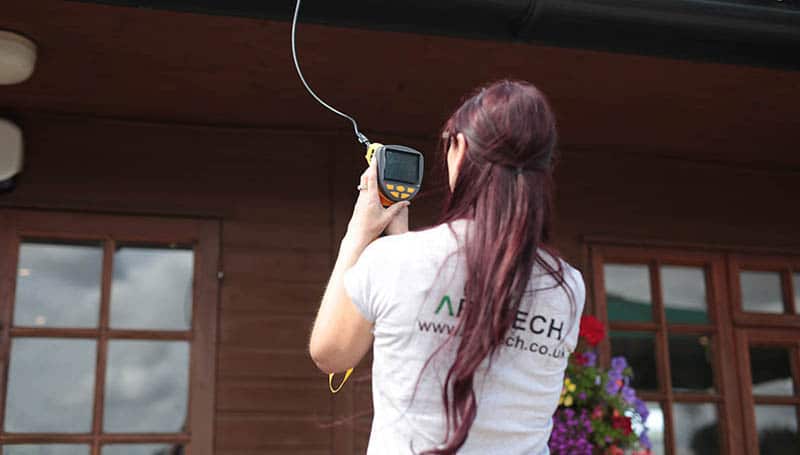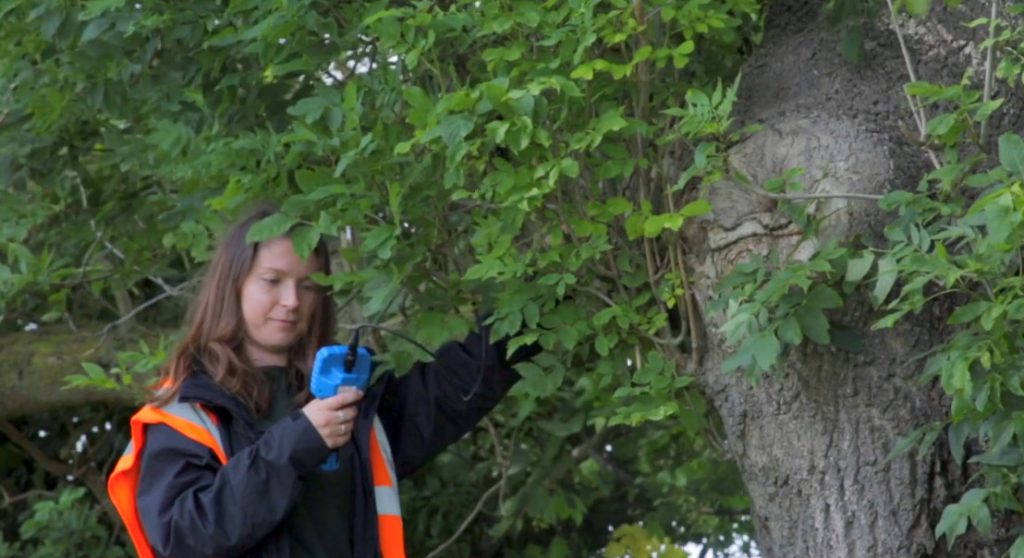More About Our Breeding Bird Surveys

In this section you’ll find everything you need to know about your breeding bird survey. If you still have any questions then please give the team a call and we will be happy to help answer your questions.
Breeding Bird Protection
All nesting birds are protected under the Wildlife and Countryside Act 1981 (as amended), which makes it an offence to intentionally kill, injure or take any wild bird or take, damage or destroy its nest whilst in use or being built, or take or destroy its eggs. Furthermore, a list of birds (Schedule 1) of greater nature conservation significance enjoy additional protection from disturbance under the Act.
The Birds of Conservation Concern (BOCC) listing assesses bird species on the basis of their population status, reflecting changes in their abundance and range. ‘Red List’ species are of high nature conservation concern and are those that are Globally Threatened according to international (IUCN) criteria; those whose population or range has declined rapidly in recent years; and those that have declined historically. The reasons for these declines are likely to vary between species and although they are not fully understood, they are commonly associated with changes in farming practices over the same period.
Amber List’ species are of medium conservation concern and are those with an unfavourable conservation status in Europe; those whose population or range has declined moderately in recent years; those whose population has declined historically but made a substantial recent recovery; rare breeders; and those with internationally important or localised populations.
Additionally, 45 species “of principal importance for the purpose of conserving biodiversity” are covered under section 41 (England) of the Natural Environment and Rural Communities [NERC] Act (2006) and therefore need to be taken into consideration by a public body when performing any of its functions with a view to conserving biodiversity.
Breeding Bird Mitigation
If a breeding bird survey was done and breeding birds were found on a site, development could still go ahead as long as strategies were put in place to avoid harming the bird. This is called mitigation.
Typical avoidance and mitigation/compensation measures for birds can include:
- siting the development away from breeding birds
- avoiding parts of the site
- doing works at a different time of year. No works should be undertaken in the breeding season (March to August)
- ensuring important habitats are protected and maintained
- remove habitat features when they are not being used by birds, e.g. remove habitat before nesting season
- providing alternative artificial nesting sites such as bird boxes and ledges
- Creating new habitat.
These may be made the subject of a planning condition. Occasionally it is necessary to obtain licences to allow works to proceed legally if, for example harm cannot be avoided to Schedule 1 birds.
Breeding Bird Survey Resources
Starting Your Breeding Bird Survey
In order for us to help you with your breeding bird survey, you just need to get in touch using the form above or give or friendly team a call. We will give you a free, no obligation quote which explains everything you need to know. If you would like to proceed with the breeding bird survey then you simple send us a booking form and we will arrange a date with you to visit your site and complete the work.

